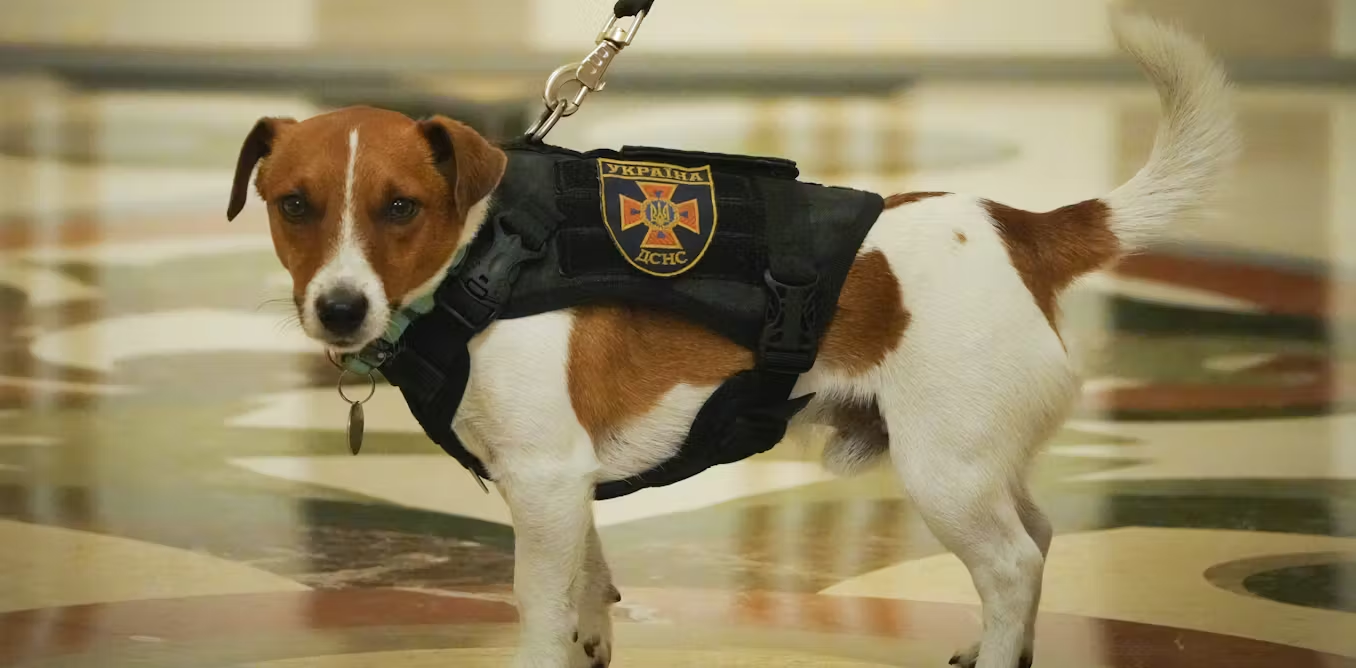Russian traditions and festivals
Russian traditions and festivals
Ready to travel to Russia? Would you like to spend a long time there? Let’s look at some of the most popular Russian customs and traditions. So the Russian traditions and festivals will be discussed here.
Russian traditions and festivals
La Banya (sauna)
Mandatory stop if you go to Russia. You cannot leave the Eurasian giant without going to a sauna or you will be missing a very important element of its culture.
It is not something just for tourists, Russians do go to saunas frequently. It is a time of exterior and interior cleaning: exterior since impurities are expelled from the body through the pores and interior because it is a pleasant place to relax.

Some tips for first timers when going to Russian saunas are: go on a practically empty stomach, as the heat can interfere with digestion; do not drink alcohol or cold drinks during the sauna or just before entering; And don’t force yourself to stay in the room if you have trouble breathing or feel dizzy, your body is telling you that it’s time to stop.
Maslenitsa
It is a party that resembles our carnival. However, their celebration is later, since its purpose is to welcome spring and the return of the sun .
In the cities festivals are organized, the little ones dress up, eat a kind of pancakes and the most representative thing, the effigy (representation of a person or feeling) of Lady Maslenitsa is burned , who is presented as a woman dressed in a traditional costume .
However, the origin of this celebration is quite different, since in the past the Maslenitsa was a day to remember the deceased and the burning of the Maslenitsa represented their funeral.

Superstitions
Whistling prohibited! Well, we are exaggerating, whistling is not prohibited but as if it were. Whistling is considered rude in Russia and it is also an action that bodes ill (like when we break a mirror, a black cat, go under a ladder … in Spain we are not left behind in superstitions either).
We “knock on wood” when someone has evoked a bad event or said something that could attract bad luck. The Russians also knock on wood and, in addition, they spit three times over their left shoulder.
On the table, they do not put empty bottles, keys or coins since they believe that it can bring bad omens related to economic losses and sadness.
There are three objects that a Russian, if he loves you well, will never give you: a scarf, a knife or a watch . Scarves are said to augur tears; knives, enemies; and the clocks, goodbyes.
Sitting on the table , and even worse, putting your feet on the table is not only considered unsanitary; if not, for Russians it portends poverty .
As in Spain, stepping on an excrement is a sign of good luck in Russia it is also a sign of good luck, as is finding a spider on clothing.
Imagine that you leave home but have to return because you forgot something … bad luck. If it is not strictly necessary, the Russians will not return to the house and, if there is no other choice, there is a formula to combat the bad omen: look into each other’s eyes in a house mirror before going out again.
The doorstep is a bad place to talk, pick up a package, or wait for someone. The Slavs believed that the threshold of the door was where demons lived; so either you cross the threshold of the door or you stay inside, but never below.
Russian christmas
It is a very great celebration. The cities are enormously illuminated: there are lights, garlands and decorations everywhere. The same happens in the houses, everyone has their tree and colored lights. Likewise, on these dates a multitude of events, concerts and animations are held and organized.
There are also two new years: the Christian New Year, which for us is January 1, and the Orthodox New Year, which coincides with January 7. The result is that the Russian people are celebrating from January 1 to 10.
What day is Santa Claus? None! Santa Claus is not the one who distributes gifts to Russian children, if not Ded Moroz (Cold Grandpa). Although physically he does look a lot like Santa Claus: he has a long white beard, he wears a hat, boots and mittens; but his clothing is a long white cape. A Ded Moroz help him in his mission his granddaughter Snegurochka (Snow Girl). Unlike Santa Claus who rides in a reindeer sleigh, Ded Moroz comes in a sleigh pulled by three horses.

And what is the star dish at Christmas? The day the family gets together to enjoy a good and hearty Christmas dinner is December 31st. Among the dishes that are part of the menu we can find salads, caviar, meat, fruit, sweets and vokda.
On January 6 or 7, the New Year is celebrated, in this case the Orthodox New Year . It is a quieter party in which liturgies are celebrated that last all night in the churches.
Since there are not two without three, there are people who celebrate the new year for the third time on January 14, being the Old New Year’s day according to the old Julian calendar.
And as the last Christmas custom, 12 days after the Orthodox New Year, Epiphany Day , Russians have a tradition of going to bathe in a river or a lake (yes, the water is ice cold).
What other Russian customs do you know or have surprised you when traveling to Russia or when meeting someone from this country?







